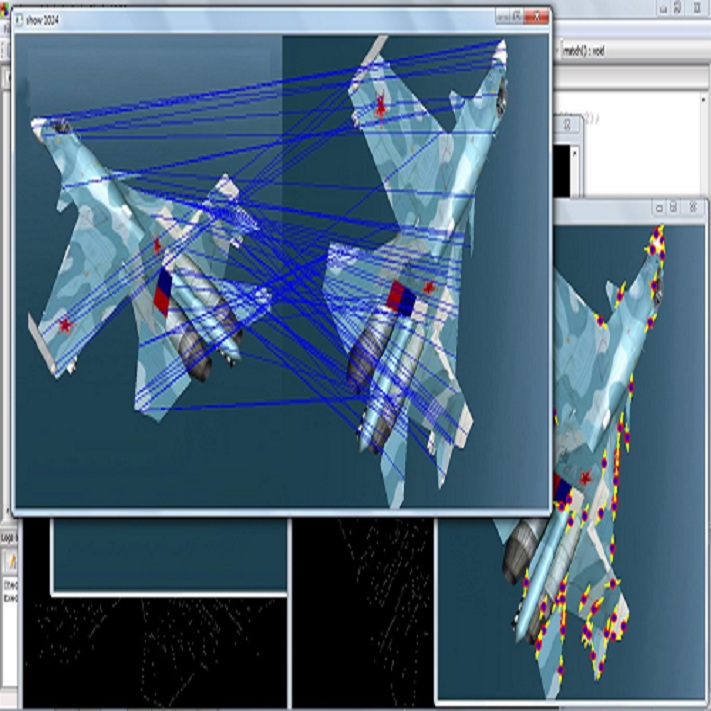Deformable image registration plays a critical role in various tasks of medical image analysis. A successful registration algorithm, either derived from conventional energy optimization or deep networks requires tremendous efforts from computer experts to well design registration energy or to carefully tune network architectures for the specific type of medical data. To tackle the aforementioned problems, this paper proposes an automated learning registration algorithm (AutoReg) that cooperatively optimizes both architectures and their corresponding training objectives, enabling non-computer experts, e.g., medical/clinical users, to conveniently find off-the-shelf registration algorithms for diverse scenarios. Specifically, we establish a triple-level framework to deduce registration network architectures and objectives with an auto-searching mechanism and cooperating optimization. We conduct image registration experiments on multi-site volume datasets and various registration tasks. Extensive results demonstrate that our AutoReg may automatically learn an optimal deep registration network for given volumes and achieve state-of-the-art performance, also significantly improving computation efficiency than the mainstream UNet architectures (from 0.558 to 0.270 seconds for a 3D image pair on the same configuration).
翻译:在医学图像分析的各种任务中,可变图像登记在不同的医学图像分析中发挥着关键作用。 成功的注册算法,无论是源自常规能源优化还是深层网络,都需要计算机专家作出巨大努力,妥善设计登记能源,或仔细调整特定类型医疗数据的网络结构。为了解决上述问题,本文件提议采用自动化学习登记算法(AutarReg),以合作优化两种结构及其相应的培训目标,使非计算机专家,例如医疗/临床用户,能够方便地找到不同情景的现成登记算法。具体地说,我们建立了一个三层框架,用自动搜索机制与合作优化来推算登记网络结构和目标。我们在多现场数量数据集和各种登记任务上进行图像登记实验。广泛的结果表明,我们的Autureg可以自动学习给定量的最佳深层登记网络,并实现最先进的性能,也大大提高比主流UNet结构的计算效率(同一配置的3D图像配方的计算效率从0.558秒到0.270秒)。




